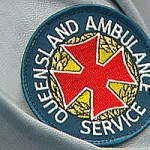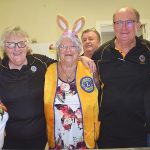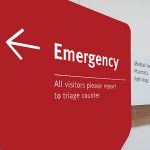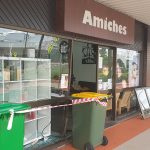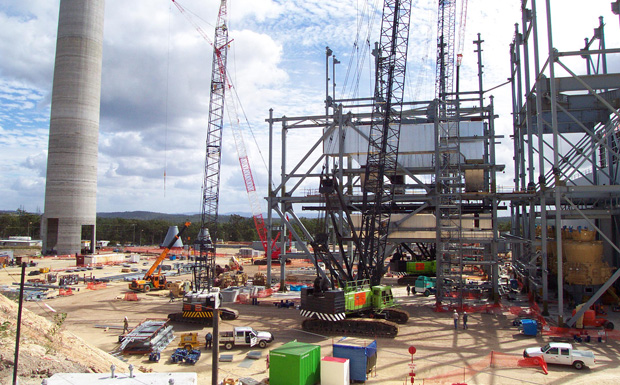
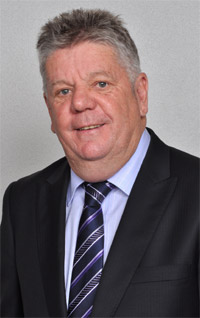
June 24, 2015
by Dafyd Martindale
A report by accountants PricewaterhouseCoopers (PwC) which claims Nanango has experienced the sharpest drop in economic output of any town or region in Australia has been questioned by South Burnett Mayor Wayne Kratzmann.
The report said one-third of Australia was now in recession and a shrinking handful of locations were generating most of the nation’s wealth.
According to PwC, one in every five dollars of national income was now produced by just 10 locations out of 2214 nationally, led by Melbourne and Sydney’s CBDs and the Pilbara iron ore region in north-west Australia.
At the other end of the spectrum, PwC listed 10 towns which it said had suffered the steepest declines in economic output, with Nanango leading the pack.
PwC said Nanango had suffered a 61 per cent drop in economic output ($1.22 billion) between 2001 and 2014, the period covered by the report.
However, the study appears to overlook the fact Tarong North Power Station was being built between 2001-2002 and many economic benefits from that project flowed to nearby Nanango.
“I don’t think they’re comparing apples with apples,” Mayor Kratzmann told southburnett.com.au
“Nanango and other parts of our region went through a bit of a mini-boom when Tarong North was being built, but this levelled off back to normal once the new power station was commissioned.
“Then we had a bit of a slump in 2011 with the floods, then another one with the drought, and then the 2013 floods.
“I think all of these things have distorted the figures.”
The Mayor said any long-term view would show Nanango’s population has grown steadily over many decades regardless of short-term fluctuations in the local economy.
- External link: Australian Financial Review report







